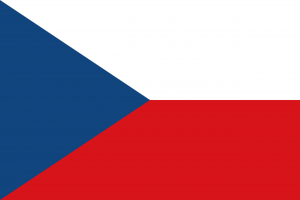Language/Czech/Grammar/How-to-Use-Be
Hi Czech learners! 😊
In this lesson, we will learn how to use the verb "be" in Czech. We will look at the conjugation of the verb, as well as some examples of how it is used in sentences.
The verb "be" in Czech is "být" (IPA: [bɪt]). It is an irregular verb, which means that it does not follow the same conjugation pattern as regular verbs. The conjugation of the verb "být" is as follows:
| Person | Singular | Plural |
|---|---|---|
| I | jsem | jsme |
| You | jsi | jste |
| He/She/It | je | jsou |
The verb "být" is used in many different ways in Czech. Here are some examples of how it is used:
- To express location:
- Person 1: Kde ješ? (Where are you?)
- Person 2: Jsem doma. (I'm at home.)
- To express possession:
- Person 1: Co je to? (What is that?)
- Person 2: To je můj dům. (That is my house.)
- To express identity:
- Person 1: Kdo je to? (Who is that?)
- Person 2: To je můj bratr. (That is my brother.)
- To express age:
- Person 1: Kolik je ti let? (How old are you?)
- Person 2: Je mi 25 let. (I am 25 years old.)
- To express time:
- Person 1: Kdy je večeře? (When is dinner?)
- Person 2: Je večer. (It is evening.)
To improve your Czech Grammar, you can also use the Polyglot Club website. Find native speakers and ask them any questions!
➡ If you have any questions, please ask them in the comments section below.
➡ Feel free to edit this wiki page if you think it can be improved. 😎
Related Lessons
- Conditional Mood
- Genitive Case in Czech
- Verbs
- How to Use "Být" (to Be)
- Questions
- Indefinite articles in Czech
- Verb to be with names and places
- Definite articles in Czech
- Dative Case in Czech

